The perfect daily driver combines comfort, fuel efficiency, and reliability. As a result, speed isn’t usually a top priority for most buyers, since high performance rarely aligns with comfort and practicality.
However, in recent years, manufacturers have been working to bridge the gap between the practicality of a daily driver and the excitement of a sports car.
This effort has led to the emergence of some fantastic, affordable sports cars that manage to deliver thrilling performance without sacrificing everyday usability.
With an increasing number of exciting yet budget-friendly sports cars hitting the market, keeping track of the best options has become a challenge.
This updated list highlights a group of sporty vehicles that are not only fun to drive but also versatile enough for daily use — whether you’re taking the kids to school, running errands, or carving up some scenic backroads.
Affordability is another key factor for daily drivers. Most consumers don’t want to pour excessive amounts of money into a car meant for everyday use, and the more powerful, high-performance sports cars are typically priced out of that range.
Fortunately, there are several great options that provide the thrill of a true sports car while still offering the comfort, practicality, and value expected from a daily driver. These ten vehicles strike that balance remarkably well.
This article was compiled using data from the manufacturers themselves, as well as credible automotive sources, ensuring the information provided is current and accurate.
The cars featured are ranked in order from slowest to fastest based on their performance capabilities.
2024 Subaru WRX
Although rally-inspired vehicles are becoming a thing of the past, Subaru continues to produce the iconic WRX. For 2024, the WRX maintains its legendary boxer engine — a feature closely tied to the Subaru brand.
It also retains its symmetrical all-wheel-drive system, which performs well in all weather conditions and enhances the car’s fun-to-drive character, something that sets it apart from many other AWD vehicles.
Under the hood, the 2024 Subaru WRX features a 2.4-liter boxer-four engine producing 271 horsepower and 258 lb-ft of torque.
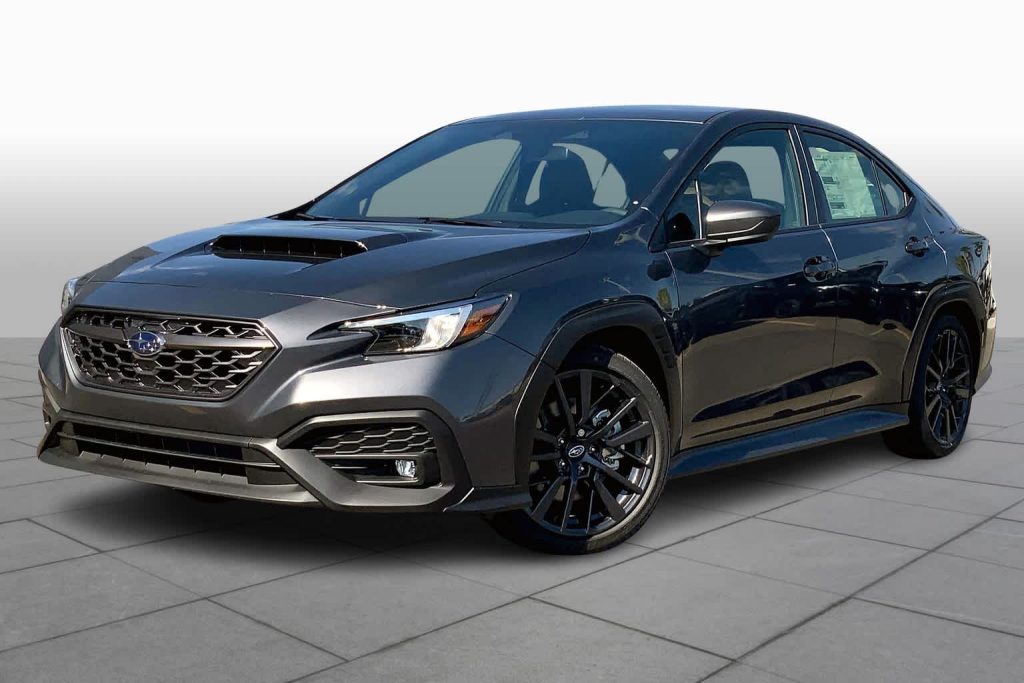
It comes with either a 6-speed manual or a CVT transmission and utilizes all-wheel drive. With a combined fuel economy of 22 MPG, it hits 0–60 MPH in 5.5 seconds and reaches a top speed of 134 MPH (limited).
The WRX is available in five trim levels, all sharing the same powertrain. Unless you’re specifically seeking a special edition, the base or premium trims offer plenty for the starting price of $32,735.
It’s not only a competent daily driver but also a car that’s ready for a bit of rally action if you’re in the mood.
2024 Mazda MX-5 Miata
The Mazda MX-5 Miata has long been a favorite among driving enthusiasts. Its high-revving, naturally aspirated engine makes it a joy to drive, and while it’s a two-seater, it still delivers a surprising level of practicality.
Priced at just $28,985 for the 2024 model, the Miata may give you pause due to its limited seating, but its driving dynamics more than make up for it.
Powering the Miata is a 2.0-liter inline-four engine generating 181 horsepower and 151 lb-ft of torque. It’s available with either a 6-speed manual or a 6-speed automatic transmission and drives the rear wheels.
It boasts a combined fuel economy of 30 MPG, accelerates from 0–60 MPH in 5.7 seconds, and hits a top speed of 137 MPH (limited).
Even more impressive, the 2024 Miata is the most fuel-efficient gasoline-only sports car on the market and also the most affordable rear-wheel-drive, naturally aspirated sports car available this year.
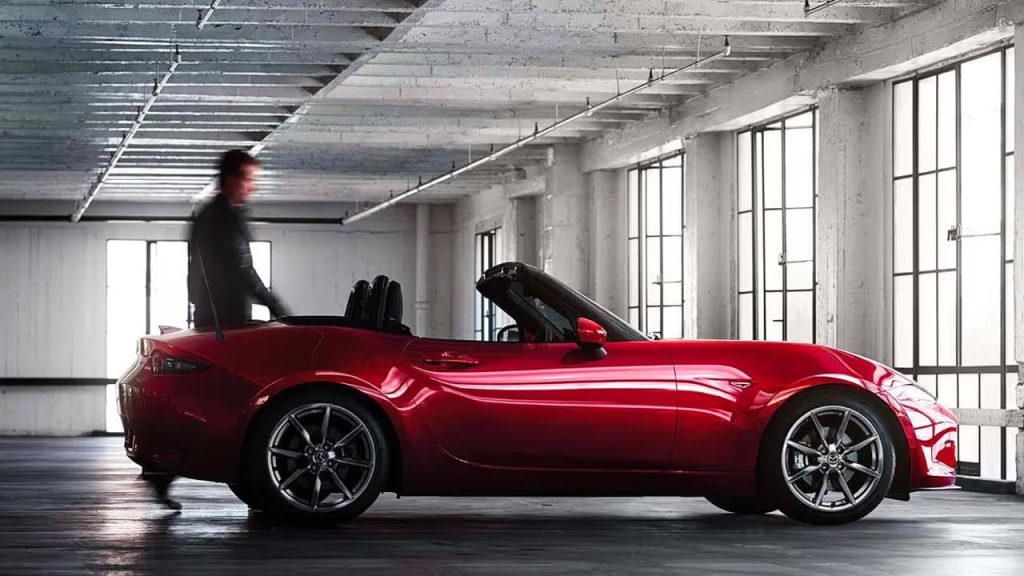
Mazda has spent over thirty years refining the Miata, and the result is an affordable sports car that feels like a well-cut jewel.
Whether you choose the classic soft-top convertible or the RF version with its power-folding targa roof, the Miata consistently delivers a familiar set of strengths—along with a few trade-offs.
Under the hood, its 181-hp 2.0-liter four-cylinder engine thrives on being pushed to higher revs and truly shines when paired with the slick-shifting six-speed manual transmission, though an automatic option is also available.
The steering is sharp and communicative, perfectly matched with the Miata’s nimble and responsive chassis, though it doesn’t provide the smoothest ride over rough or broken roads.
Inside, the cabin is tastefully designed and well put together, but space is tight—especially for taller drivers—and interior storage is minimal. The trunk is also small, which means the Miata isn’t built for extended two-person getaways with lots of luggage.
What it is built for, however, is pure driving enjoyment. Take it on a winding back road, drop the top, and you’ll experience the essence of what a true sports car should be.
2024 Audi RS3
Audi has taken its RS lineup to impressive new heights in recent years, both in terms of exterior styling and interior refinement.
Whether you’re after a compact model or a large family SUV, Audi consistently delivers a combination of luxury and performance that few brands can match.
The RS3, despite being one of the smaller RS cars, continues to hold its own against larger models like the RS4. Its compact, lightweight chassis allows for nimble handling, yet it remains spacious enough to serve as a practical daily driver.
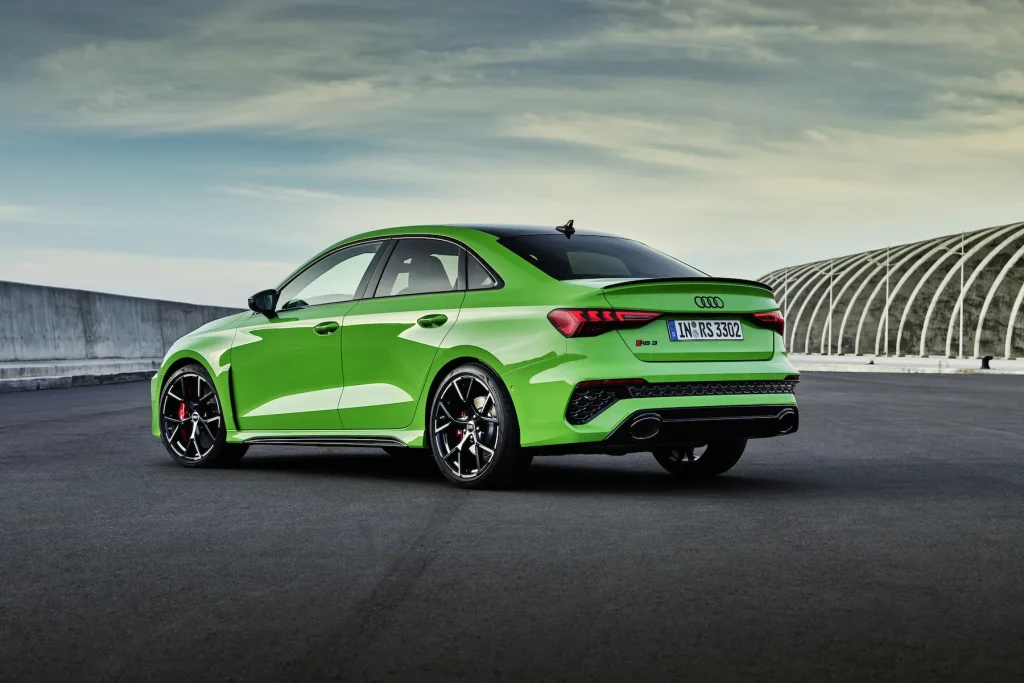
The 2024 RS3 is powered by a 2.5-liter five-cylinder turbocharged engine, producing 401 horsepower and 369 lb-ft of torque, paired with a seven-speed dual-clutch automatic transmission.
It features Audi’s renowned Quattro all-wheel-drive system, providing exceptional grip in various driving conditions. Fuel economy is solid for its class at a combined 33 MPG, and its performance credentials are impressive, with a 0-60 MPH time of just 3.3 seconds and a top speed of 175 MPH.
Despite its speed and sharp handling, the RS3 doesn’t compromise on comfort, delivering a smooth ride even at lower speeds.
Also Read: 5 Worst and 5 Best Luxury Car Brands That Never Disappoint
2024 BMW M2
The 2024 BMW M2, much like the Audi RS3, strikes an excellent balance between thrilling performance and everyday usability.
Powered by a 3.0-liter twin-turbo inline-six shared with the G80 M3, the new M2 produces 453 horsepower and 406 lb-ft of torque, a notable improvement over its predecessor.
Buyers have the choice between a six-speed manual transmission and an eight-speed automatic, with power sent to the rear wheels.
While its combined fuel economy comes in at 20 MPG, its performance specs are more impressive: 0-60 MPH in 3.6 seconds, and a top speed of 155 MPH—up to 177 MPH with the M Package.
What really sets the M2 apart in 2024 is the availability of a manual transmission, a rarity among high-performance vehicles today.
Even though it’s only been on the market for a short time, the M2 is already gaining a reputation for being a legitimate contender in the performance world, proving that a daily driver can still be an absolute blast behind the wheel.
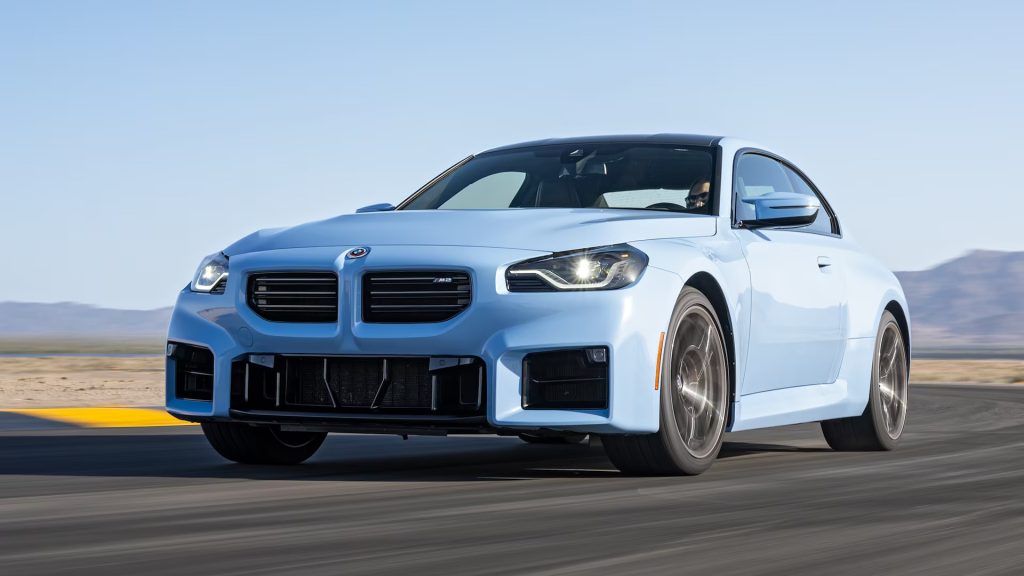
The 2025 BMW M2 delivers pure Bavarian muscle with its twin-turbocharged 3.0-liter inline-six engine, now producing 473 horsepower—an increase of 20 horses over the 2024 model.
While torque remains unchanged at 406 pound-feet for the manual version, the automatic variant gets a slight performance bump to 443 pound-feet.
It’s a welcomed enhancement, but since all M2s are rear-wheel drive and the manual taps into its full torque at a low 2650 rpm (compared to 2700 rpm for the automatic), we think the reward of shifting gears yourself more than makes up for the marginal loss in torque.
As expected of any M-badged BMW, the M2 features a purpose-built suspension and a suite of chassis upgrades that enable it to be the fastest 2-series on a racetrack.
Driving it is a flat-out thrill—snap it into a corner and the crisp response, combined with the confidence-inspiring chassis, keeps you in control even when tackling mid-corner bumps and surface flaws. The M2 is built to make you smile.
In testing, a 2024 M2 with the six-speed manual gearbox sprinted from 0 to 60 mph in just 3.9 seconds and ran the quarter-mile in 12.2 seconds at 118 mph. That was with last year’s less powerful setup.
The eight-speed automatic is likely to be slightly quicker off the line, and that performance advantage should remain consistent for the 2025 model.
Since the M2 shares its powertrain with the M3 and M4, and we’ve already seen how well the manual pairs with that engine in our long-term M3, the stick shift still feels like the ideal partner. We’ll provide updated performance figures as soon as we get the chance to test the 2025 M2.
2024 Alfa Romeo Giulia Quadrifoglio
If you’re in search of a sedan infused with Ferrari DNA, the 2024 Alfa Romeo Giulia Quadrifoglio remains your most accessible option. Since its debut in 2016, the Giulia has remained largely the same but has been subtly updated over time.
The 2024 model year brings a refreshed look with redesigned headlights and a revised front bumper, along with a new digital instrument cluster that replaces the previous analog setup.
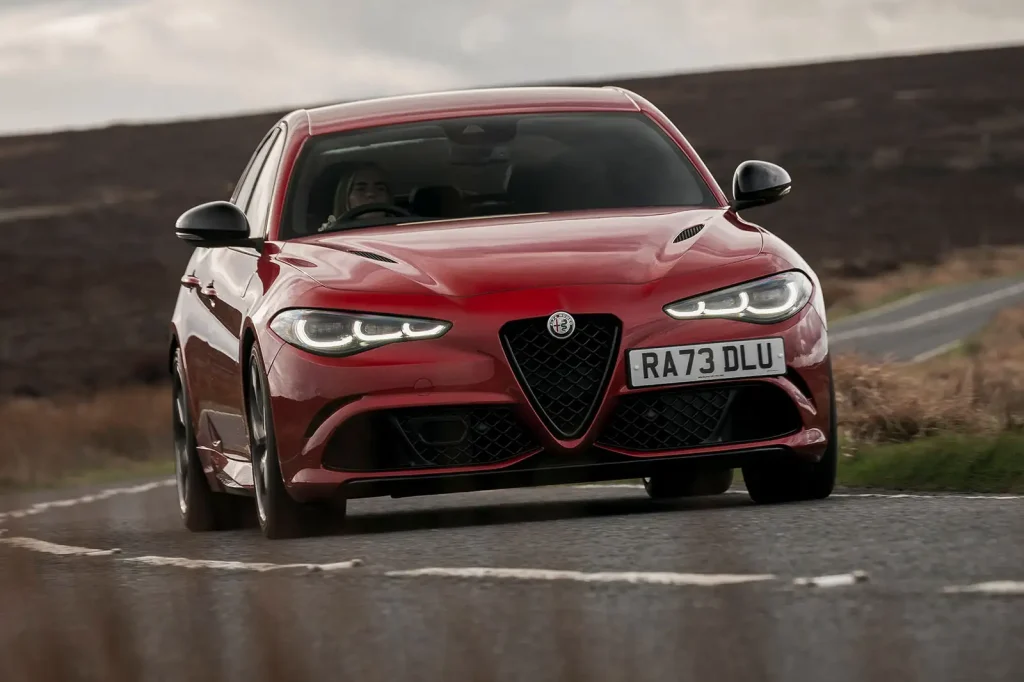
Under the hood, the twin-turbocharged 2.9-liter V6 now produces 520 horsepower—up from 503 in earlier versions—and 446 lb-ft of torque.
This engine is mated to an eight-speed automatic transmission, delivering power to the rear wheels. It accelerates from 0-60 MPH in 3.9 seconds and reaches a top speed of 191 MPH.
With a combined fuel economy of 20 MPG, the Giulia Quadrifoglio isn’t just about raw speed—it’s a well-rounded, engaging driver’s car that delivers genuine performance at an MSRP of $83,570.
For those considering a high-performance luxury sedan, now may be the perfect time to get one before it’s gone.
Cars That Are Not Practical To Daily Drive
When most people shop for a car, real-life responsibilities often take precedence. Sure, we all fantasize about driving a sleek two-seater supercar along the Pacific Coast Highway, unconcerned with where to stash the everyday baggage that regular folks need to haul around.
But owning a sports car doesn’t always mean giving up practicality. In fact, there are options out there that blend both worlds — you can check out the five most practical sports cars on the market here. Still, that raises an interesting question: what if you didn’t have to compromise at all?
What if practicality didn’t even enter the conversation? That’s where this list comes in — a compilation of the top five utterly unpractical sports cars that refuse to make concessions for the sake of everyday life.
Also Read: Top 10 Long-Distance Driving Cars That Won’t Quit
Alfa Romeo 4C
Alfa Romeo made a curious decision when re-entering the U.S. market. Instead of choosing to import one of its established European hatchbacks, the brand opted to introduce a carbon fiber-tubbed, mid-engine sports car — the 4C.
Now, not all mid-engine cars are inherently impractical; the Porsche 718 Cayman and Boxster, for example, manage quite well in that regard.
But the 4C isn’t quite on that level. Unlike the 718s, it offers only a single, tiny trunk positioned alarmingly close to the heat of the engine — meaning ice cream, for instance, is off the table.
Inside, the Alfa doesn’t compete well with Porsche when it comes to comfort either. “The 4C’s stereo looks like it was bought for $200 at Best Buy.” Despite its flaws, the 4C serves as a solid halo car for Alfa Romeo, even if practicality clearly wasn’t part of the brief.

The Alfa Romeo 4C made a dramatic entrance when it debuted as a concept at the 2011 Geneva Motor Show, instantly captivating audiences with its striking design.
The production model retained those same show-stopping looks and featured a 237bhp version of the 1.75-liter turbocharged four-cylinder petrol engine sourced from the Giulietta Cloverleaf.
This engine was paired with a six-speed TCT twin-clutch automatic gearbox. Alfa expanded the lineup in 2015 with the introduction of the 4C Spider, adding a dose of open-air excitement to the mix.
While the 4C turned heads and reignited Alfa Romeo’s image as a maker of pure sports cars, its real-world driving experience didn’t quite match the hype.
Despite its dramatic styling and performance credentials, the 4C falls short when it comes to driver engagement and overall refinement.
The combination of a laggy turbo, sluggish gearbox, and a chassis that feels overly twitchy makes the car less enjoyable to drive than rivals in its price bracket.
Competitors like the Porsche Cayman, Boxster, and Lotus Elise deliver a more balanced and confidence-inspiring driving experience. Whether you’re running errands or taking it on a motorway cruise, the 4C often feels unsettled and edgy rather than composed.
At the time, Alfa Romeo’s mainstream lineup consisted mostly of aging models like the MiTo and Giulietta hatchbacks, with the Giulia saloon still on the horizon. The 4C, however, gave loyalists something to rally behind.
With its scaled-down supercar proportions and mid-engine layout, the car’s featherweight carbon-fiber monocoque chassis (weighing in under 900kg) allowed the 237bhp engine to deliver explosive acceleration. It felt every bit like a stripped-down, focused driving machine—at least in a straight line.
Alfa Romeo’s heritage in motorsports stretches back more than a century, starting with the A.L.F.A. 24hp that raced in the 1911 Targa Florio.
Over the years, the brand has seen success across Grand Prix, Formula 1, touring cars, and rallying. But that sporting pedigree faded in more recent times, and many fans longed for a return to the brand’s glory days.
Cars like the iconic 1966 Alfa Spider had once embodied Italian flair and passion—a car so beloved it remained in production until the early 1990s. The 4C was Fiat Group’s effort to rekindle that passion.
The 4C coupe officially entered production in 2013 and reached the UK in 2014, with the Spider joining the lineup a year later.
Both were assembled at Maserati’s facility in Modena, Italy, and shared a lightweight construction centered around a carbon-fiber tub with aluminum subframes front and rear.
The Spider version tips the scales at 940kg—45kg heavier than the coupe—due to additional bracing required to maintain rigidity after losing the fixed roof.
Both versions feature body panels crafted from glass-fiber reinforced plastic, combining low weight, strength, and production efficiency.
Morgan 3 Wheeler
If you thought the 4C was impractical, the Morgan 3 Wheeler makes it look like a family van. With the Morgan, you don’t get four wheels, doors, a roof, or even a windshield. Storage? Virtually nonexistent. You’ll need to travel light — very light.
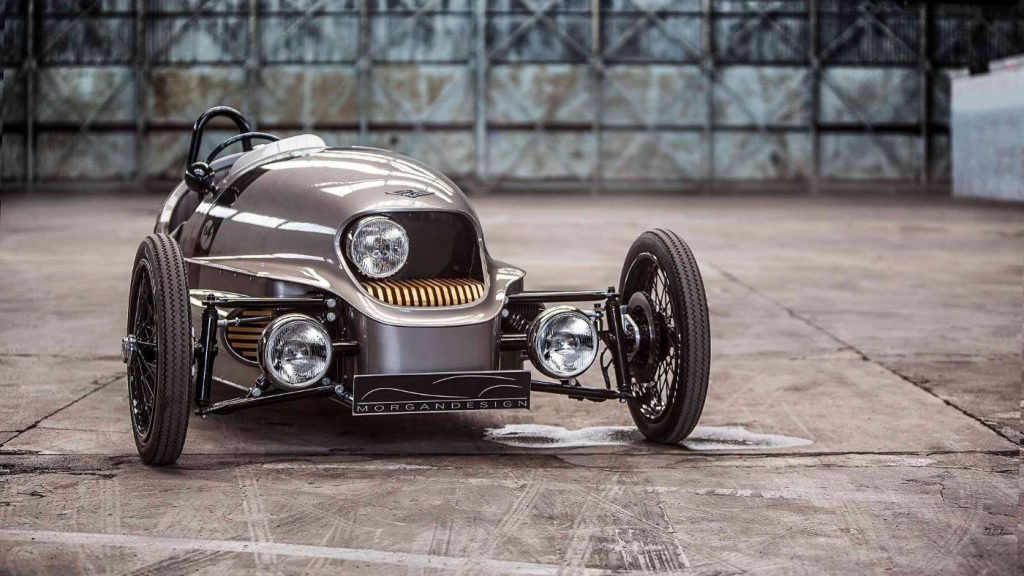
Still, the 3 Wheeler offers one of the most unique driving experiences available today. While we haven’t had the chance to drive the Morgan ourselves, we have gotten behind the wheel of one of its direct competitors, the Vanderhall Venice.
Cars like the Venice and the Morgan 3 Wheeler are undeniably fun to drive, and, oddly enough, a bit more practical than motorcycles. That said, if you’re after anything resembling daily usability, you’re better off just buying a Miata.
Dodge Challenger Demon
The Dodge Challenger is often praised for its surprising practicality — it’s a roomy, comfortable coupe that’s great for road trips. The same, however, cannot be said for its extreme sibling: the Dodge Demon.
This car was engineered with a singular purpose in mind — dominating the drag strip. To achieve its “9.65 second quarter-mile time,” buyers must add the optional $1 crate package, which includes narrow front drag wheels, race gas compatibility, and several performance upgrades.
The quickest version of the Demon comes with only one seat. You can re-install the rear and passenger seats for a modest fee, but hardcore enthusiasts will likely opt for the one-seat setup — the purest form of the car’s mission.
Dodge has built many incredibly powerful Challengers throughout the muscle car’s long history, but none are as intimidating as the Demon 170. With a modified version of the Hellcat V-8 engine, the Demon 170 delivers immense power and is specifically engineered for drag racing.
The number 170 in its name refers to the alcohol content of the E85 ethanol fuel it runs on. Think of it as a farewell to this generation of the Challenger as it nears the end of its production.
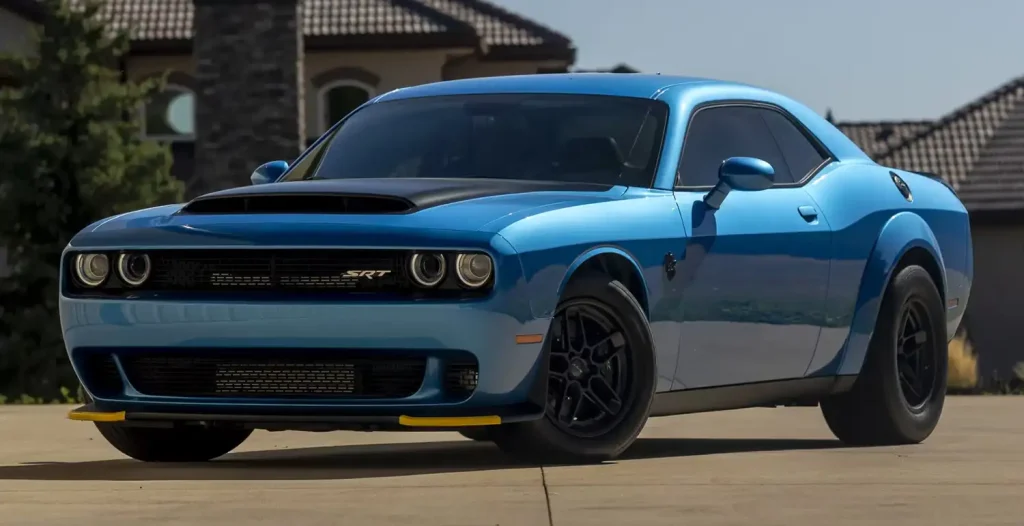
The engine of the Demon 170 is essentially a highly modified version of Dodge’s legendary Hellcat 6.2-liter supercharged V-8. While the standard Hellcat engine delivers around 717 horsepower, this simply wasn’t enough for the Demon 170’s performance goals.
To increase its strength, Dodge upgraded key components, including the pistons, connecting rods, crankshaft, crank bearings, fuel injectors, and cylinder head studs, enabling it to handle a new 3.0-liter supercharger.
When fueled with E85, this supercharged engine produces an impressive 1,025 horsepower and 945 lb-ft of torque, sent through an eight-speed automatic transmission to the rear wheels.
Even when using the more conventional E10 gasoline, the engine still generates 900 horsepower and 810 lb-ft of torque. With such massive power, this engine—painted yellow as an Easter egg—is enough to make the regular Hellcat seem timid in comparison.
Few cars are as capable of obliterating drag strips as the Challenger SRT Demon 170.
Dodge claims that the Demon 170 can complete the quarter-mile in 8.91 seconds, reaching speeds of 151.2 mph. The acceleration to 60 mph is said to take an astonishing 1.66 seconds—move over, Bugatti!
However, this mind-boggling acceleration can only be achieved on a prepared drag strip under ideal conditions with an expert driver behind the wheel. In less perfect conditions, we estimate a 0-60 mph time of around 2.2 seconds.
For those looking for a more accessible launch control experience, some all-wheel drive EVs and sports cars, such as the Tesla Model S Plaid or Porsche 911 Turbo S, are better suited.
On a prepared surface, the Model S Plaid managed a 0-60 mph time of just 1.98 seconds, while the Porsche 911 Turbo S clocked an impressive 2.2 seconds.
BAC Mono
Even so, the one-seat Dodge Demon still offers enough space to haul a few things. That’s not the case with the BAC Mono.
This single-seater track weapon is laser-focused on lap times and leaves no room — literally — for passengers or cargo.
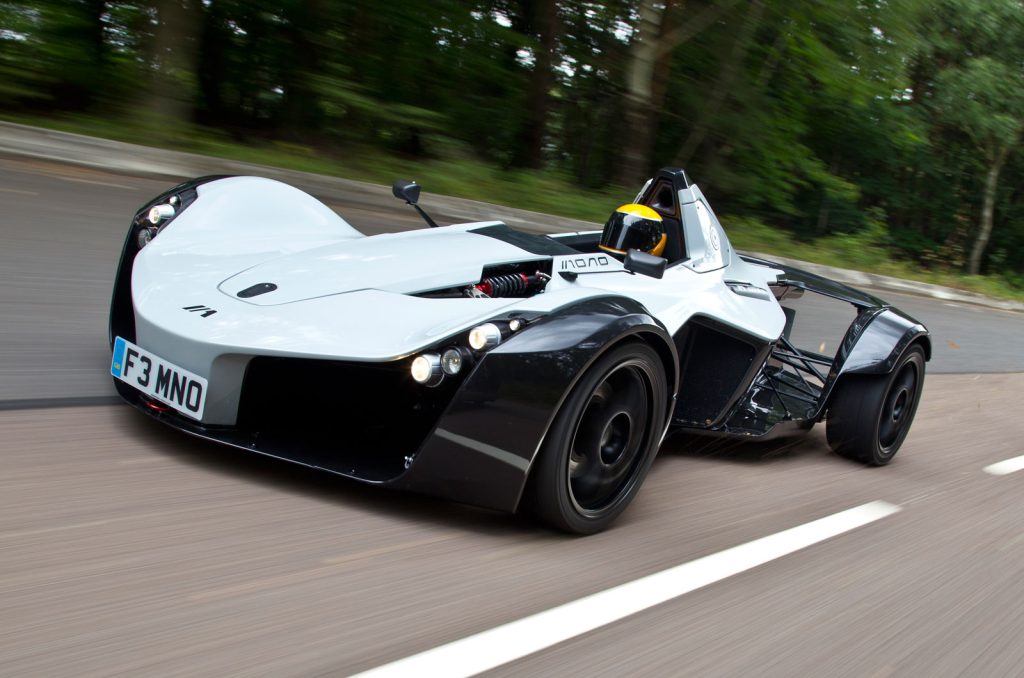
If you’re planning to bring anything along for the ride, make sure it fits in your pocket. “Unless you are only carrying a pencil or two,” storage is virtually nonexistent.
The Mono is powered by a 2.5-liter Ford engine that propels it from 0 to 60 mph in just 2.8 seconds. While this car is undeniably compromised for everyday use, those sacrifices allow it to go head-to-head with hypercars like the McLaren P1 on the track.
Mercedes G500 4×4 Squared
The final entry on the list is the Mercedes G500 4×4 Squared. On paper, it’s the most practical of the bunch — it can seat five adults comfortably and has a respectable-sized trunk.
But practicality ends there. The reason it earns a spot on this list is its sheer size, which borders on the absurd.
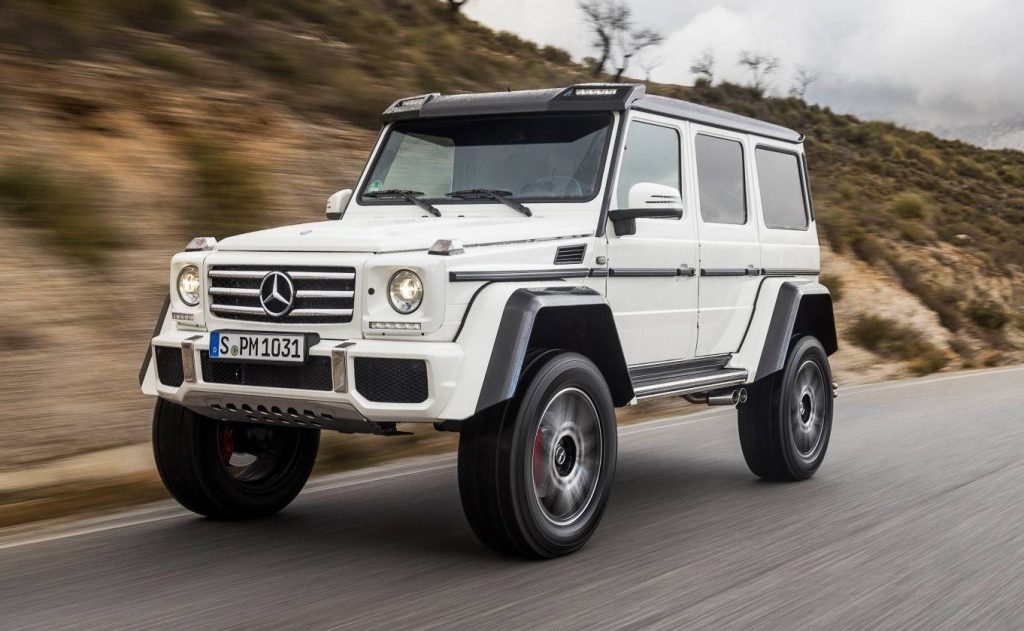
“Good luck trying to park it in most major cities in America.” The G500 4×4 Squared was engineered to conquer deserts and rugged trails with zero compromise, and it excels at that.
However, all that off-road prowess makes it a bit unwieldy for city driving. And let’s face it — most owners aren’t taking their G-Wagen off-roading every day. As a result, its massive proportions and limited real-world usability land it firmly in the category of impractical.

